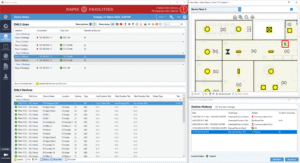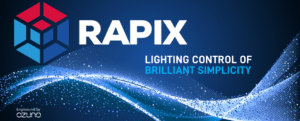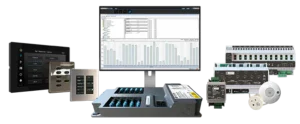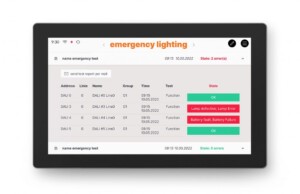
As the demand for data centres continues to surge in Ireland, driven by the country’s favourable climate, strategic location, and strong technology infrastructure, the need for efficient energy management solutions has become increasingly critical. Among the many innovative systems being adopted to enhance sustainability and operational efficiency, KNX DALI lighting control systems are emerging as a game-changer in data centre environments.
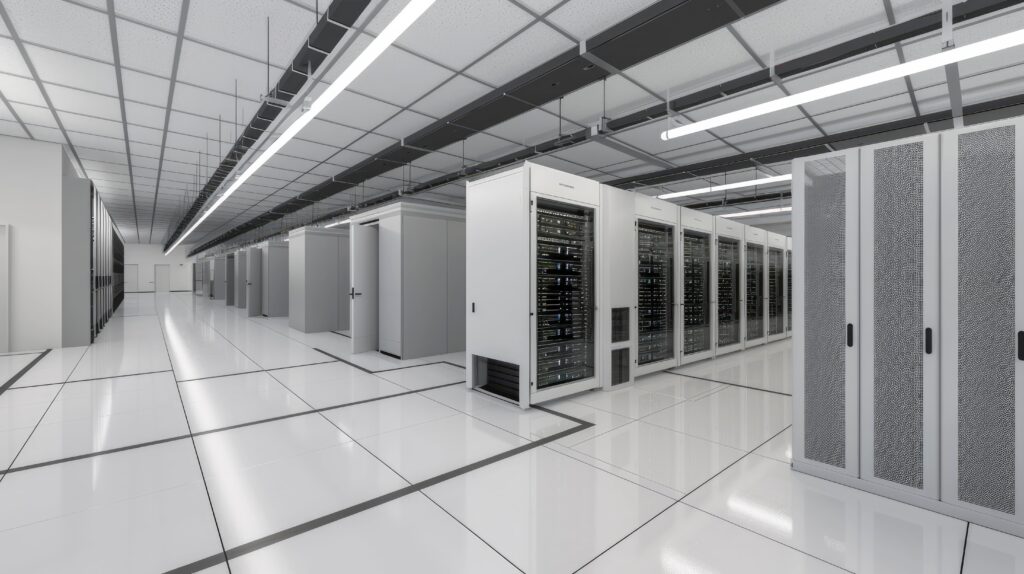
KNX (Konnex) is a globally recognized standard for home and building automation, offering seamless integration and control of various systems, including lighting, HVAC, and security. It is an open protocol, allowing interoperability between devices from different manufacturers.
DALI (Digital Addressable Lighting Interface), on the other hand, is a specialized protocol designed specifically for lighting control. It enables precise dimming, scene setting, and individual fixture management, making it ideal for modern lighting requirements.
The integration of KNX and DALI combines the best of both worlds: KNX’s versatility in building automation with DALI’s specialized lighting control capabilities. This synergy is particularly beneficial for data centers, where energy efficiency and reliability are paramount.
Ireland has become a hub for data centers, hosting facilities for major tech companies like Google, Amazon, and Facebook. These data centers consume significant amounts of energy, with lighting accounting for a notable portion of the total energy use. Advanced lighting control systems like KNX DALI can:
Enhance Energy Efficiency: By providing precise control over lighting levels, occupancy-based adjustments, and scheduling, KNX DALI systems reduce unnecessary energy consumption.
Improve Maintenance: Real-time monitoring of lighting fixtures allows for predictive maintenance, reducing downtime and costs.
Increase Safety and Security: Adaptive lighting improves visibility in critical areas, supporting both routine operations and emergency scenarios.
Support Sustainability Goals: With Ireland’s commitment to renewable energy and reduced carbon emissions, energy-efficient solutions in data centers align with national and corporate sustainability initiatives.
Scalability: KNX DALI systems can manage lighting in data centers of all sizes, from small facilities to large-scale operations.
Flexible Integration: These systems integrate seamlessly with other KNX-based building automation solutions, allowing centralized control.
Customizable Lighting Scenes: KNX DALI supports the creation of tailored lighting scenarios to meet the specific needs of different zones within a data center.
Energy Monitoring: Real-time tracking of energy use enables operators to identify inefficiencies and optimize performance.
Fail-Safe Features: In critical environments like data centers, the redundancy and reliability of KNX DALI systems ensure continuous operation even during power outages or system failures.
Several data centers in Ireland have successfully adopted KNX DALI lighting control systems:
Tech Innovate Facility, Dublin: By implementing a KNX DALI solution, this data center achieved a 25% reduction in lighting energy consumption within the first year, while improving overall operational efficiency.
GreenCloud Data Center, Cork: The integration of KNX DALI allowed for automated dimming and occupancy-based lighting adjustments, contributing to the center’s sustainability certifications.
As Ireland continues to attract global tech giants and expand its data center capacity, the adoption of advanced technologies like KNX DALI lighting control is set to grow. These systems not only address energy efficiency and sustainability but also enhance the operational excellence of critical infrastructure.
In conclusion, KNX DALI lighting control represents a pivotal step forward for data centers in Ireland, offering a blend of innovation, reliability, and efficiency. As the industry evolves, embracing such technologies will be essential to meeting the dual challenges of environmental responsibility and technological advancement.


